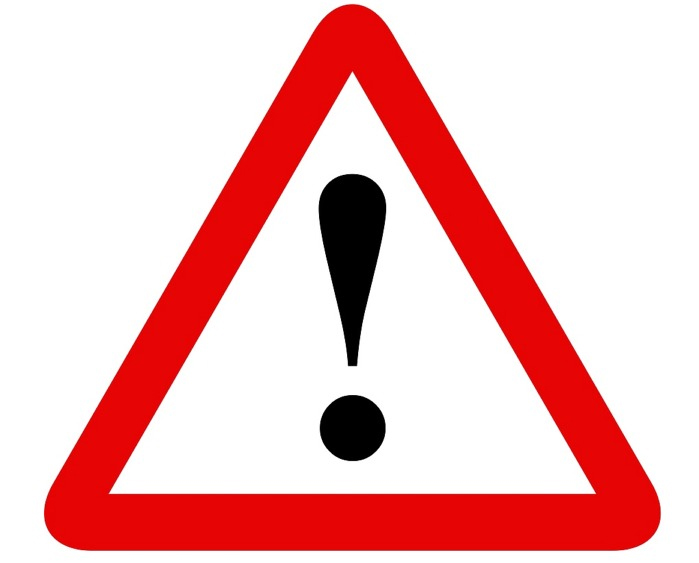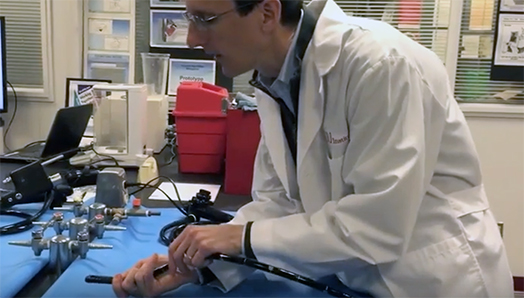
CDRH Director Jeff Shuren Emphasizes Duodenoscope Contamination Risk
Strong evidence of proper cleaning and reprocessing that eliminates the spread of bacterial infections is still not there, and improvements are necessary, says Shuren.

Strong evidence of proper cleaning and reprocessing that eliminates the spread of bacterial infections is still not there, and improvements are necessary, says Shuren.

As medical device costs continue to be a growing area of hospital expenditures, many hospitals control the savings through device reprocessing programs. The shift toward planned obsolescence is especially troubling given the financial challenges many hospitals face.

How in touch are you with current MDR guidelines?

Failure to comply with FDA’s wishes landed three companies warning letters.

The duodenoscope manufacturers didn’t comply with requirements to conduct postmarket surveillance studies assessing reprocessing effectiveness.

The company’s ED-3490TK duodenoscopes require replacement of the forceps elevator mechanism and other parts.

The agency released a guidance document with product design recommendations to help prevent contamination from device components.

Complexity of design and frequency of use play a large role in how effectively scopes are reprocessed.
After an FDA expert panel held earlier this year, the agency is offering supplemental reprocessing measures.
After an FDA expert panel held earlier this year, the agency is offering supplemental reprocessing measures.

Trading the potential health risk to a few patients versus the collective good of all patients is never acceptable. Even the experts are voicing concerns over the effectiveness of duodenoscope reprocessing.